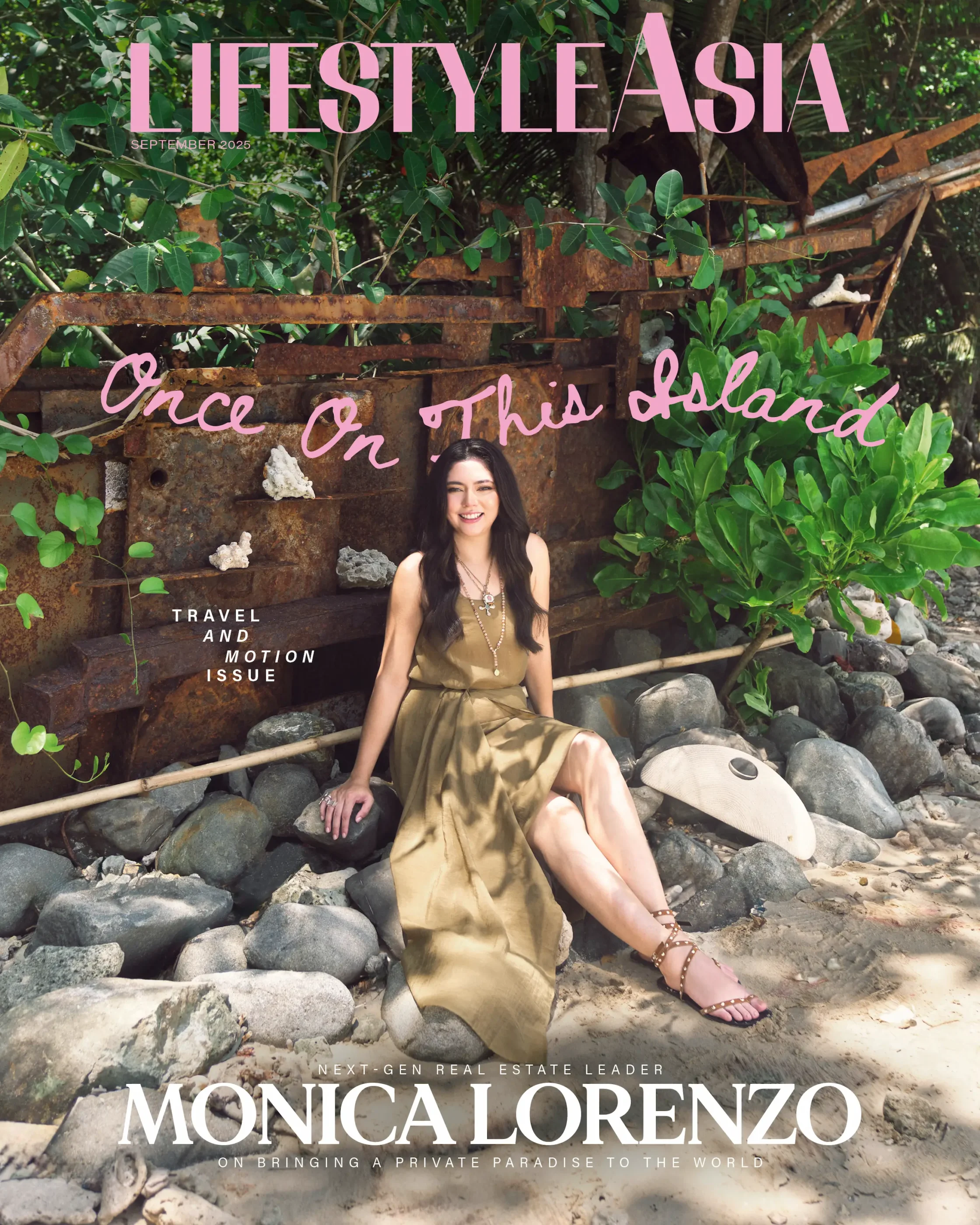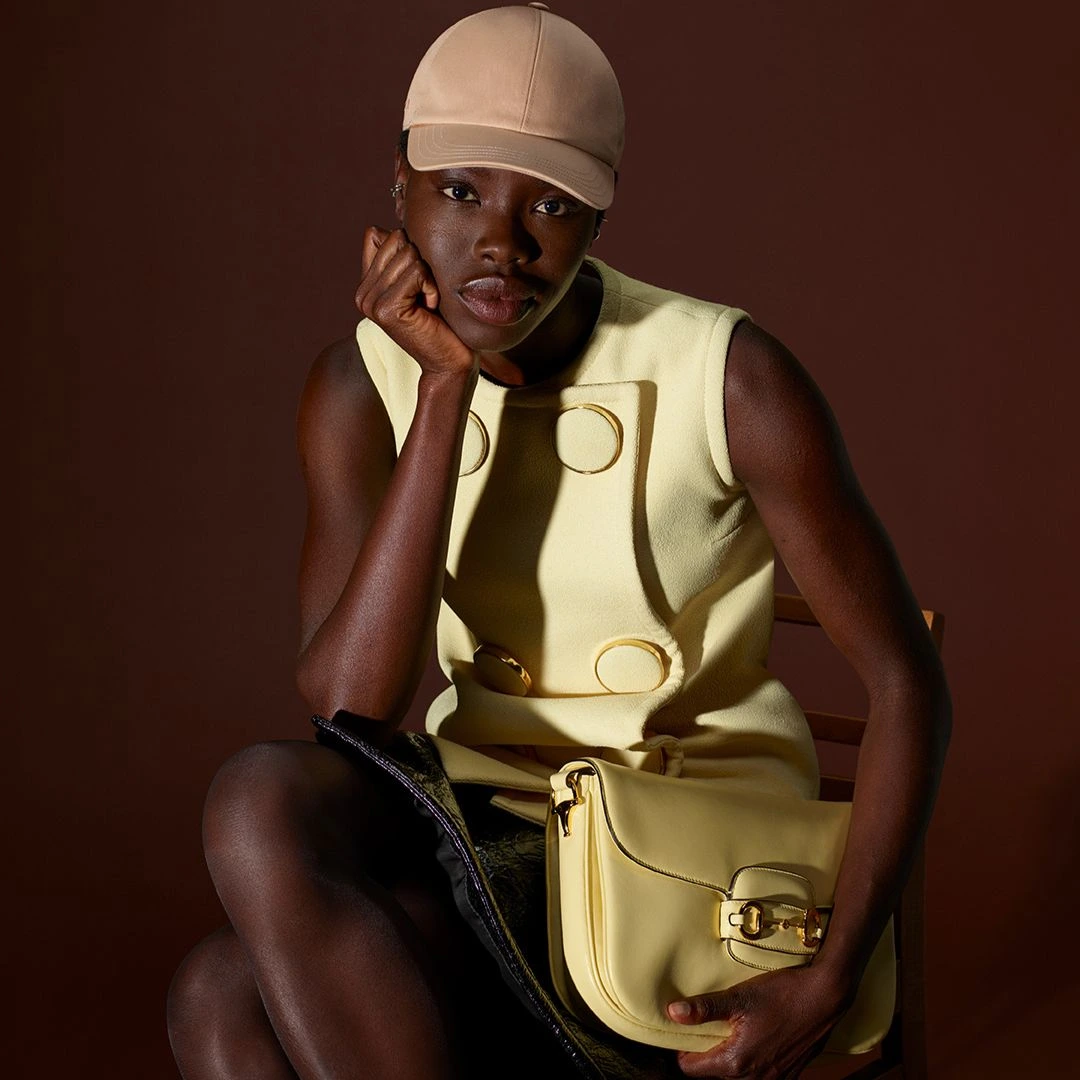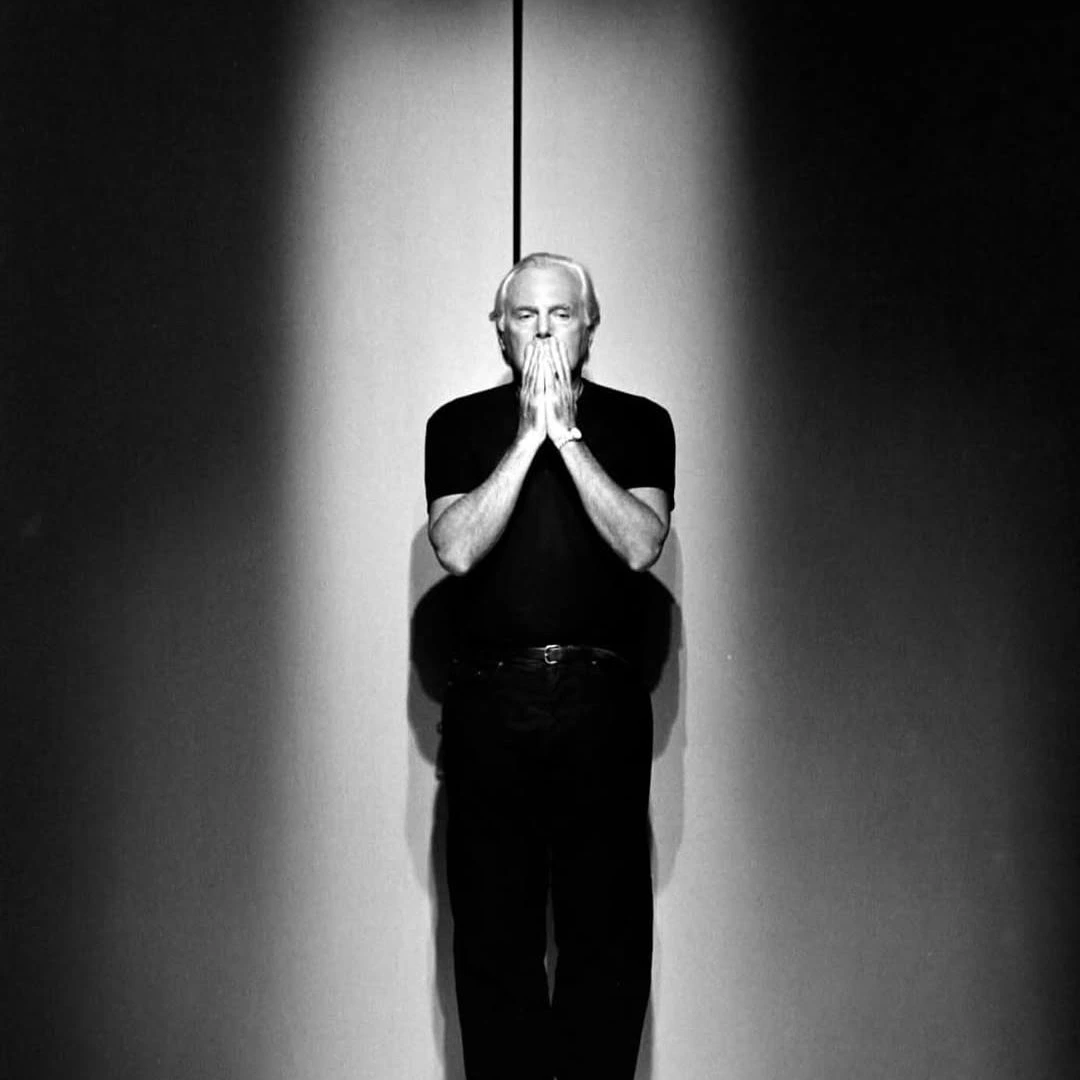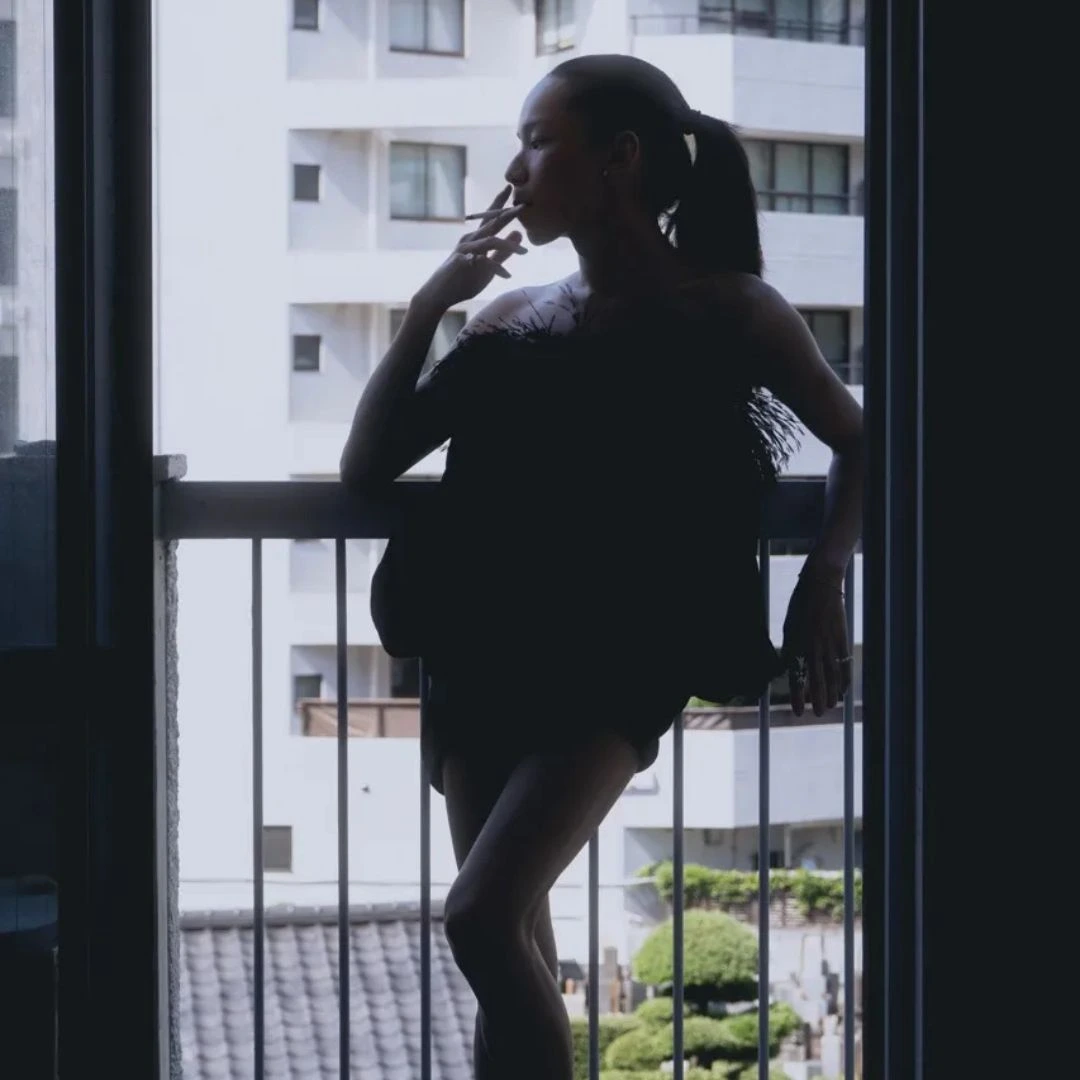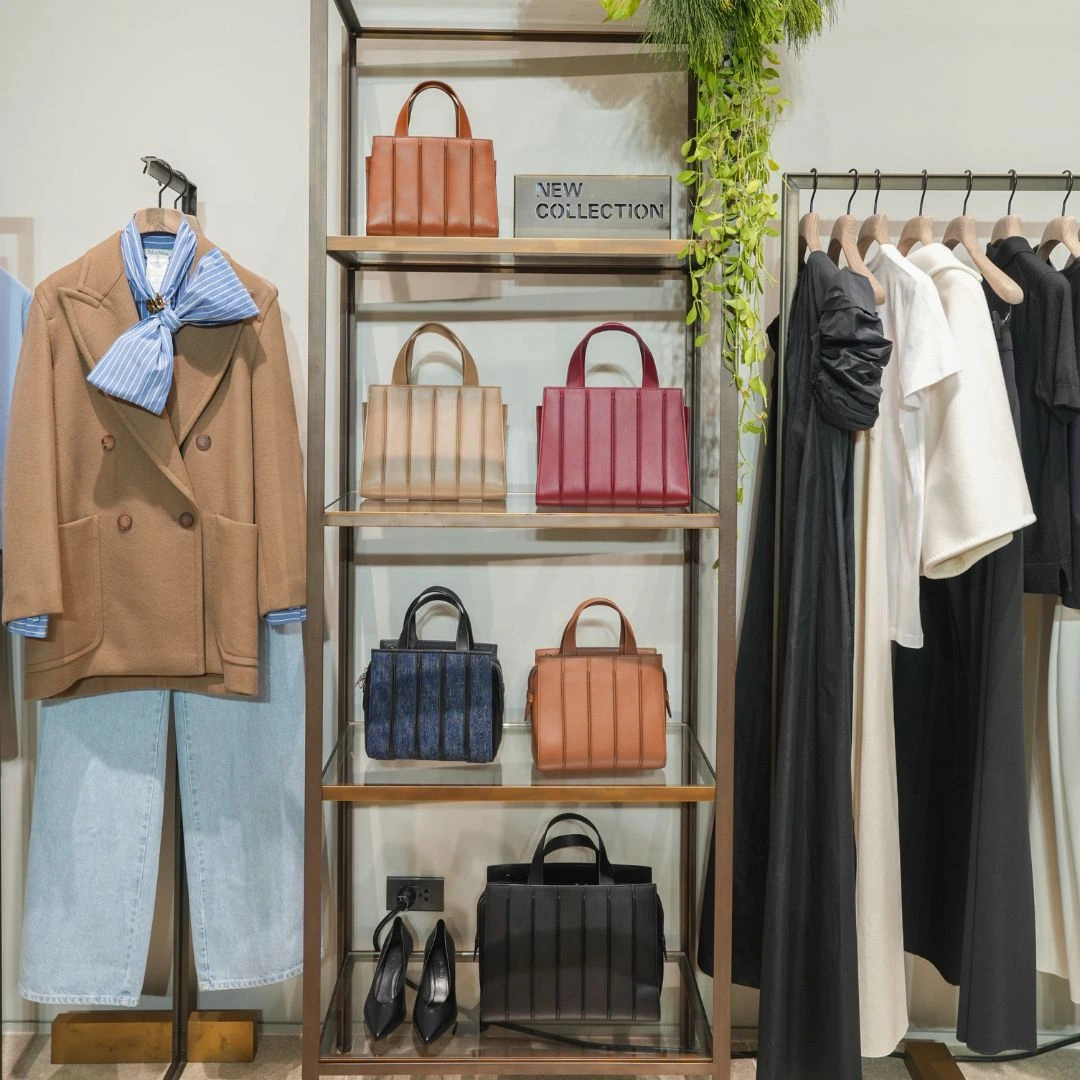The lack of female leadership representation in the fashion industry is evident yet often goes unquestioned. We examine the numbers and explore possible reasons behind the gender gap.
As the final model for Dior’s Cruise 2026 walked down the runway, it also signified the end of an era—the Maria Grazia Chiuri era at Dior. For nine years, Maria Grazia Chiuri served as the creative director of the heritage brand. It was recently announced that the brilliant Jonathan Anderson will succeed her. Among her contemporaries, she was one of the few female creative directors leading a heritage fashion house. With her departure, there are now no women designing for haute couture houses.




It’s a well-known fact that the fashion industry heavily caters to women—from bags to shoes to clothing and accessories, women are often the primary target market. Yet, in an industry built on women’s consumerism, there remains a glaring lack of female design leadership.

While the brilliance and creativity of male creative directors in the fashion industry are undeniable, the scarcity of female counterparts begs the question: why isn’t this lack of representation more widely discussed?
READ ALSO: Clothing Rental: A Norm, A Culture, And An Antithesis
The Numbers Don’t Lie In Identifying The Lack Of Female Creative Directors
The disparity between the number of men and women in creative director roles has been evident for the past two decades. Whether in emerging fashion labels or established couture houses, creative leadership positions for women remain elusive. Female creative directors have long been few and far between—an observable fact for quite some time.
This ongoing imbalance has been highlighted in recent design competitions. For the 2024 LVMH Prize for Young Designers, only one of the three winners was a woman. This underrepresentation is even more pronounced in 2025, where only two of the eight finalists (a mere 25%) are women.

High-end fashion houses are no exception. Jack McCollough and Lazaro Hernandez have now taken over the creative director roles at Loewe from Jonathan Anderson, continuing the fashion house’s tradition of never having a woman in that role. Heritage brands like Louis Vuitton, Balenciaga, and Saint Laurent have consistently appointed men to these roles. Furthermore, since 1985, Gucci and Bottega Veneta have each had only two female creative directors.

Despite the argument that more men are chosen for creative director roles because of a higher number of male fashion school graduates, statistics indicate otherwise. According to Parity.Org, in collaboration with Ralph Lauren, their article “Gender Parity in Fashion” reveals that 78% of top fashion school graduates and 73% of apparel store employees are women. This suggests that while women dominate entry to mid-level positions in the fashion industry, they are significantly underrepresented in vice president roles and higher positions, including on boards of directors.
Beyond leadership roles, a significant gender pay gap persists in the fashion industry. Data show that women earn only 81 cents for every dollar earned by men, highlighting a stark disparity.
Possible Explanation To The Lack Of Female Creatives Directors
The gender pay gap and the lack of women in leadership positions are consequences of a “man-made world,” as described by early feminist sociologist Charlotte Perkins Gilman. Gilman argued that women and men live in an androcentric culture, where being a man is considered the only acceptable human standard. She also contended that barring women from the workforce and industrial sector constituted an “abnormal restriction.” Gilman emphasizes that labor is not just for sustaining life; labor is life itself.
Following her school of thought, true progress can only be achieved by dismantling the androcentric culture. Gillman argued that women can participate in the workforce while still fulfilling other roles. This idea is further expanded by sociologist and early feminist Dorothy Smith, who explained that women’s experiences are shaped by the ruling texts written by men. These texts create the notion that women can only belong in one sphere—either public or domestic—ignoring the contradictions and complexities present in both.
Women continue to face gender disparity in the fashion industry because the corporations that own brands still subscribe to the outdated ruling texts—ones that define a woman’s role as subordinate to a man. Enough time has passed; women have proven their integral contributions to the fashion industry. Yet, adherence to an androcentric culture continues to limit the opportunities for creative women.
The fashion industry’s bread and butter is women’s consumerism. The multi-billion-dollar industry owes much of its success to the countless women who have worked hard to create, design, and ultimately purchase the products it offers.
The best person to understand what a woman needs and wants is another woman. Her body, her decisions, and her role in society belong to her alone.

